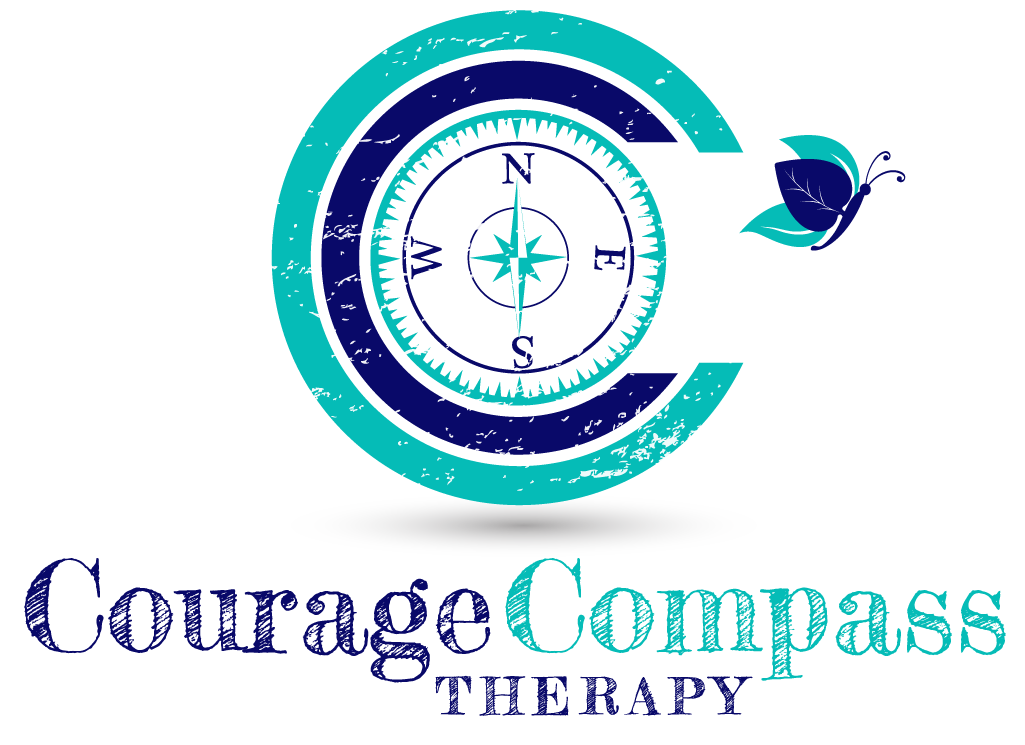When it comes to thinking, therapists usually try to dissuade people from black and white thinking. However, when it comes to boundaries, clarity is KEY.
Because I think in pictures and metaphor, an image of a traffic light came to me in session the other day. When thinking of traffic patterns, we literally need the boundary of the light to tell people when to STOP, GO, and proceed with caution/warning. Everyone knows what red and green mean.
Did you ever play Red Light/Green Light in the backyard or at gym class growing up? There was no yellow light in that game. It’s too unclear- how fast should one go? Should I speed up or slow down? It is open to interpretation, just as the yellow light is in traffic.
When people are unclear about their boundaries, the outcome is also problematic. We don’t want to come across as mean, so we may be wishy-washy about it. We may just leave it on green because red is too harsh. We end up sacrificing something as a result, feeling resentment, or retreating from the situation altogether.
Brené Brown explains that the most compassionate people are the most boundaried. Boundaries are not mean; they are important, necessary, and requisite for healthy communication. Cultural messages about being clear about what is ok and not ok are often mixed. Cultural messages are communicated on yellow; we interpret them differently. For example: be thin, but not too thin; work hard but not so hard that it takes up all of your time; be nice, but be able to say no. Speak your mind but don’t be mean. Be honest but don’t be emotional. Hmmm… this is where people get tripped up. Boundaries and saying no seem not nice.
Newsflash: You have permission to start taking control of the traffic light in your relationships and in communication. It helps people to know where they stand, to hear your expectations, and to know what to do. People actually really like knowing what to do, because then they don’t have to guess when the light is yellow. When people guess, they also often make up a story to go with the situation: She must not want me to come to the party because she didn’t text me back about what to bring. Maybe I shouldn’t go? Maybe I should bring a dessert? Should I text someone else and ask them what they’re bringing? Or if they think she’s mad at me?
See? It gets very messy. Boundaries are everywhere- around time, personal physical space, emotional space, confidentiality/privacy, etc. It’s easier to be clear with children because they are learning and really don’t know. Don’t touch that- it’s hot. Don’t go near the stairs, it’s not safe. Don’t run in the hallway. Say please and thank you. Boundaries can be rules, they can be expectations, a start or end time, preferences, etc.
So how do you go about setting your boundaries?
You need to get honest and clear with yourself about what you want and need first.
>> What is it that you want in this situation? What do you need? What are your expectations?
>> What would happen if the boundary was crossed? How would you feel about it?
>> Can you work that into your communication about why the light would be red in that case? How else can you communicate about this situation?
>> What will you do or say if you set the red light and the boundary is still crossed? (Think: analogous to getting a ticket)
Grab these simple scripts to help support you in setting boundaries to clarify what is ok with you, what’s not ok with you, and what you’d like from others in your relationships.

